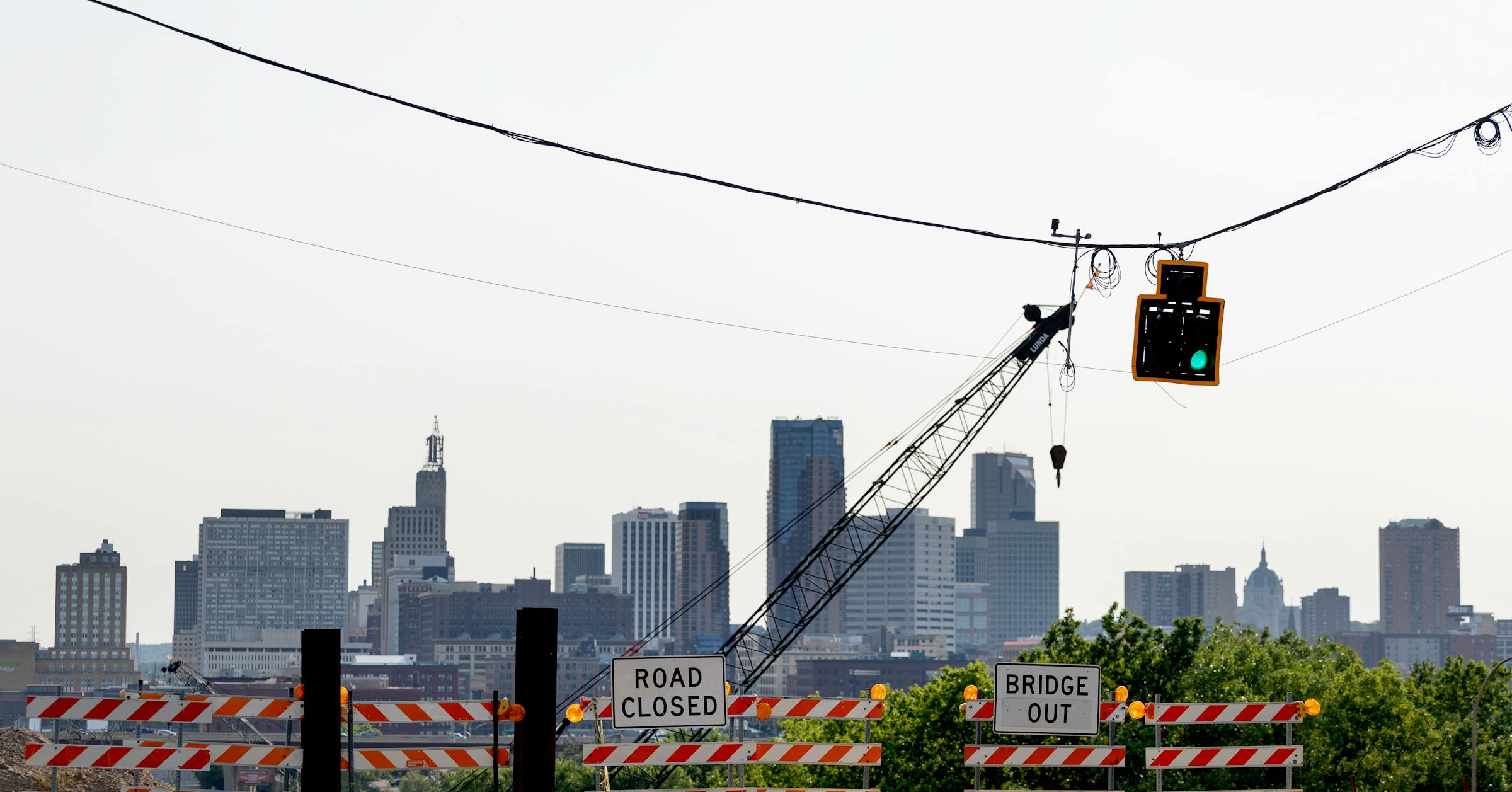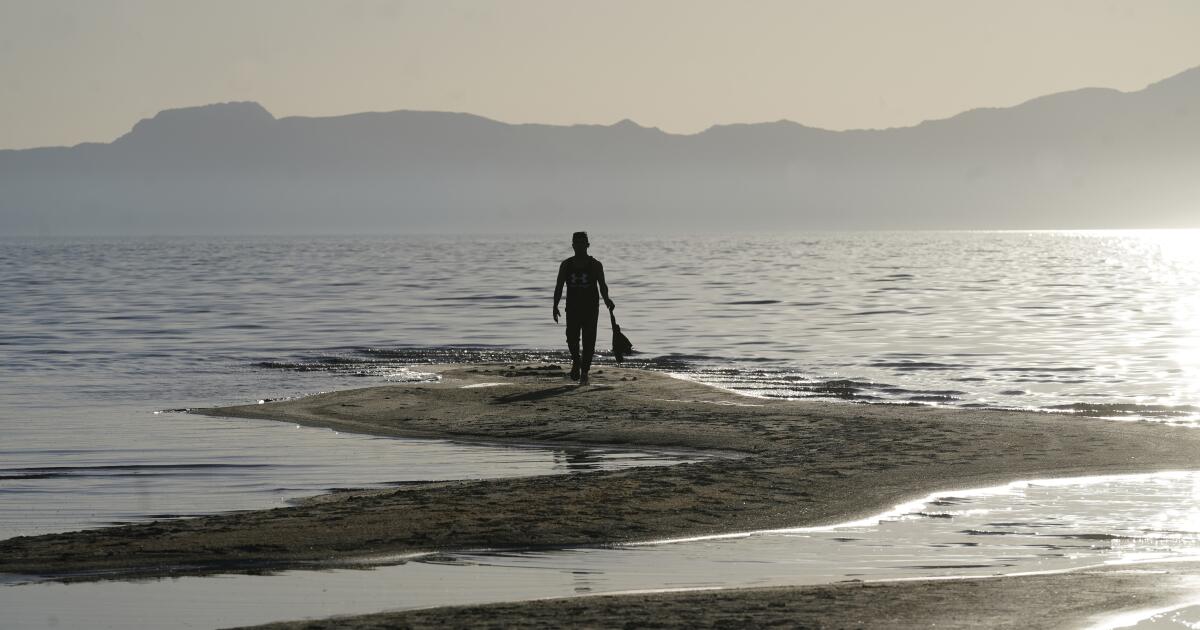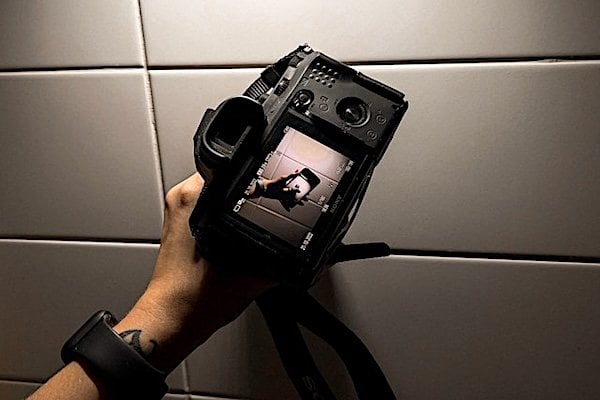Copyright Star Tribune

This summer was the toughest road work season in a long time. Interstate Hwy. 94 serves an integral part of our Twin Cities transportation network, and when the Department of Transportation (MnDOT) reduced its capacity we all felt the squeeze. I-94’s closures happened without planning for alternative transit avenues, forcing us all to navigate the same inflexible transportation network. The brutal transportation summer we experienced was the result of a planning failure — not the inevitability of what highway removal looks like. There are currently only two ways to get from downtown St. Paul to downtown Minneapolis via public transit: the 94 bus and the Green Line light rail. However, the 94 bus does little to help resident commuters between the Twin Cities, as it only has one stop along the corridor and competes with freeway traffic. And while the Green Line has more stops, it gets held up at most stop lights along University Avenue. One of the main benefits of removing the highway and establishing a fast boulevard is that we could invest in dedicated transit routes along that corridor, making sure our public transit is quick and reliable, inducing more demand for them. MnDOT could have worked with Metro Transit to increase the frequency of the 94 bus, expand the number of stops along the corridor or create dedicated bus lanes for the summer. It also could have increased the frequency of the Green Line or helped Metro Transit make it faster. All of these options would have given commuters an opportunity to experience a fast transit alternative. Even a modest goal of replacing 10% of car trips with transit would have a huge impact on both traffic and pollution. Highways use public land for private transportation. At its core, reimagining I-94 as an at-grade boulevard means creatively changing this land use to make things more accessible for everyone. Instead of being forced to use the highway to get to a grocery store or medical center, giving the land back to the city means these amenities would show up closer to us. This might give more of us the option to walk, roll or bike to run an errand instead of relying on our cars. MnDOT shut down the highway without changing any aspect of our public transportation system or our land use. Now the agency says that it has nothing to do with either of these two things since cities decide land use through zoning and Metro Transit organizes public transportation. This is exactly why MnDOT should not be dictating what happens to seven miles of land in the middle of our cities. MnDOT’s failure to plan ahead resulted in much of the I-94 traffic this summer moving to local roads. Neighborhoods at rush hour went from being relatively calm to chaotic and unnerving. I’ve heard from neighbors along these corridors how this summer’s traffic made them reconsider their support of the I-94 removal. I understand — no one wants to be exposed to excessive noise and air pollution. The reality is that communities along I-94 (which are predominantly BIPOC and low-income) are chronically exposed to significantly more pollution. This summer’s traffic dispersion forced many of us to experience first-hand how bad it feels to have so many cars rush past our homes every day. If anything, this shared experience should only make us question the status quo of I-94 more deeply. Regardless of how we feel about the specific designs of the boulevard, it’s clear that MnDOT has not studied the benefits of removing I-94. A community support letter has gathered more than 2,700 signatures asking MnDOT to keep evaluating highway removal for I-94. Any change to I-94 would significantly affect both the Twin Cities as well as Ramsey and Hennepin counties. This is why these jurisdictions should collaborate and support efforts to study the public health, accessibility and economic impacts of replacing I-94 with a more vibrant corridor. Last, MnDOT has an upcoming in-person meeting on Nov. 6 to share information and hear from the public. Show up and ask MnDOT to keep the boulevard idea alive.



